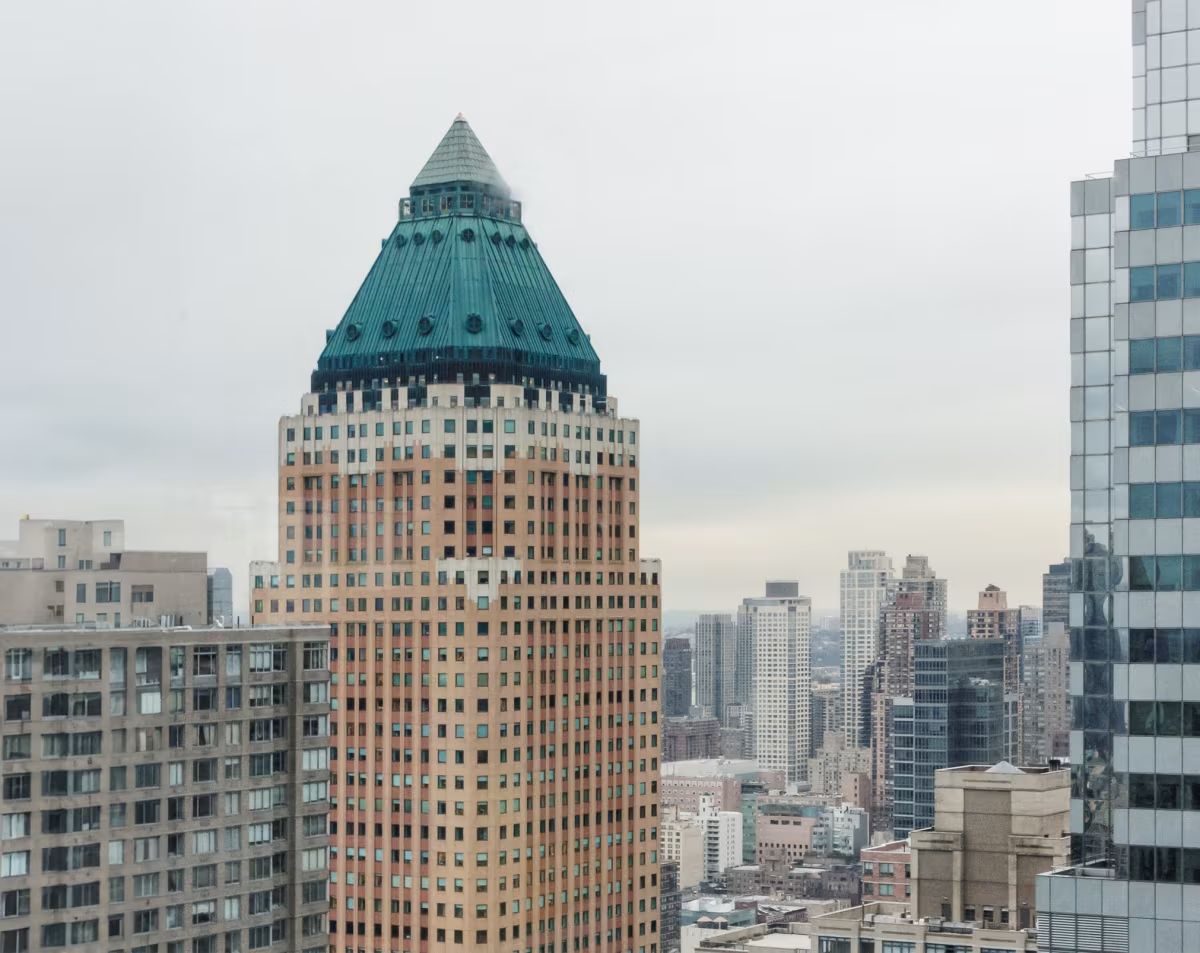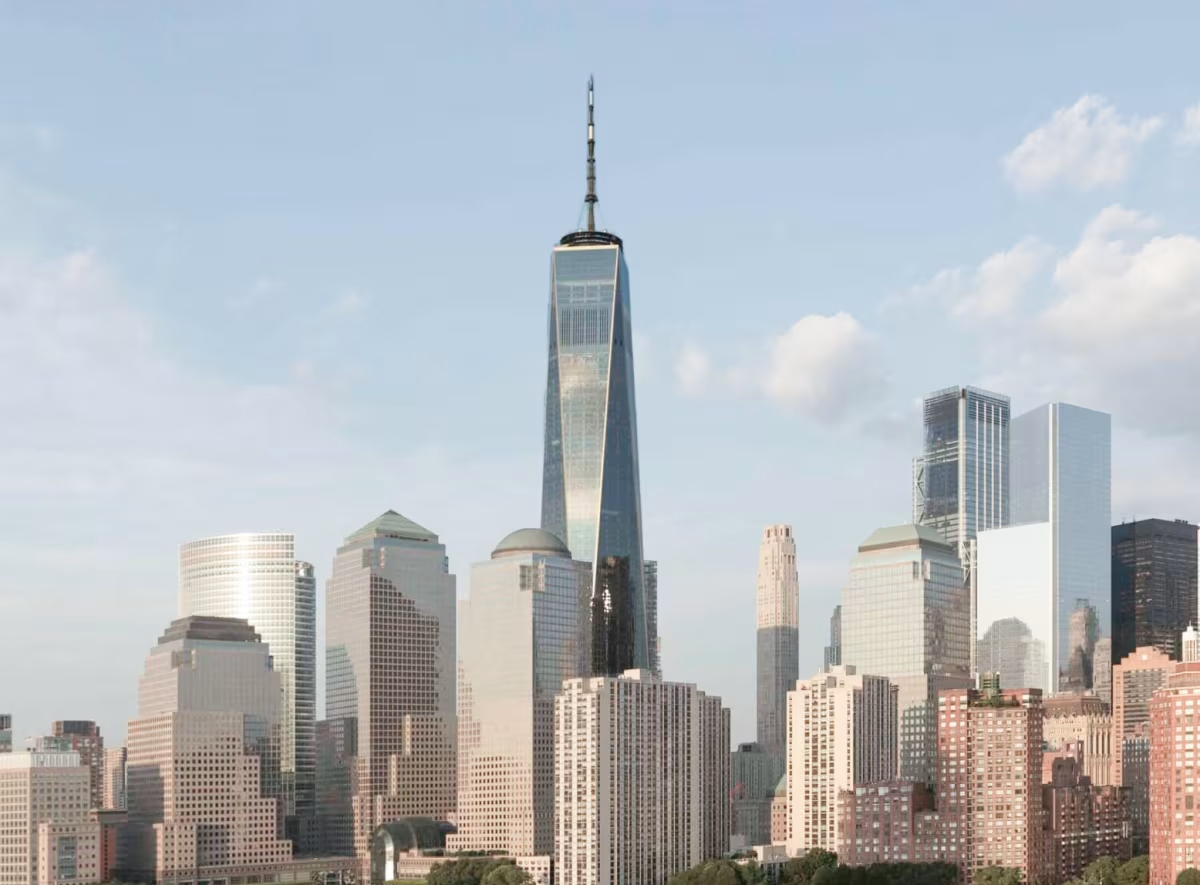One Worldwide Plaza vs One World Trade Center


Comparing the One Worldwide Plaza and the One World Trade Center is particularly interesting because they share the same skyline in New York, NY, and were both designed by Skidmore, Owings & Merrill. However, they were completed more than 25 years apart.
This offers a unique perspective on how the architect's style and the city's architecture evolved over time.
Height & Size
The One World Trade Center is clearly the larger tower of the two, both in terms of height and number of floors. It rises to 1775ft (541m) with 104 floors above ground, while the One Worldwide Plaza reaches 778ft (237m) with 47 floors above ground.
Of course, each project may have faced different briefs or regulatory constraints, which we don't really know about and could also explain the outcome.
Architectural Style
The One Worldwide Plaza was designed in the Postmodernism style, while the One World Trade Center reflects the principles of Contemporary.
At the time of their completion, both styles were well established. This makes the comparison especially interesting, because both buildings represent a dominant aesthetic at a particular point in time.Built 25 years apart (1989 vs 2014), these two buildings are a perfect example of how different architectural styles have shaped the architectural landscape of our cities over time.
Uses
Both the One Worldwide Plaza and the One World Trade Center were designed to serve as commercial towers, and that has remained their main use since their completion, serving similar roles in the urban fabric.
The One Worldwide Plaza also provides 475 parking spaces.
Structure & Facade
The two buildings opted for different structural and facade solutions.
The One Worldwide Plaza uses a Frame system, which relies on a regular grid of columns and beams to sustain its weight, while the One World Trade Center uses a Framed Tube In Tube system, that combines a strong central core with a perimeter tube of columns.
And when it came to the facade, the Masonry went with a Masonry facade, which features a heavy masonry skin that gives it a more clasical look, while the One World Trade Center opted for a Curtain Wall facade, that uses a lightweight glass curtain wall hung from the structure.
| One Worldwide Plaza | One World Trade Center | |
|---|---|---|
| Skidmore, Owings & Merrill | Architect | Skidmore, Owings & Merrill |
| 1986 | Construction Started | 2006 |
| 1989 | Year Completed | 2014 |
| Postmodernism | Architectural Style | Contemporary |
| Commercial | Current Use | Commercial |
| 47 | Floors Above Ground | 104 |
| 2 | Floors Below Ground | 5 |
| 237 m | Height (m) | 541 m |
| 26 | Number of Elevators | 73 |
| Frame | Structure Type | Framed Tube In Tube |
| Steel | Vertical Structure Material | Steel |
| Steel And Reinforced Concrete | Horizontal Structure Material | Poured Concrete Over Metal Decking |
| Yes | Facade Structural? | No |
| Brick, Glass | Main Facade Material | Glass, Steel |
| HRH Construction | Main Contractor | Tishman Construction |
| William Zeckendorf Jr. | Developer | Port Authority Of New York And New Jersey |
| Skidmore, Owings & Merrill | Structural Engineer | WSP Group |
| NY | State | NY |
| New York | City | New York |
| 825 8th Avenue | Address | 285 Fulton Street |